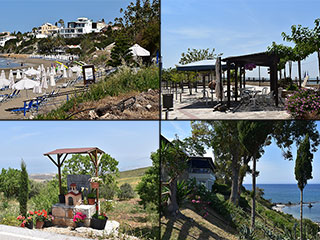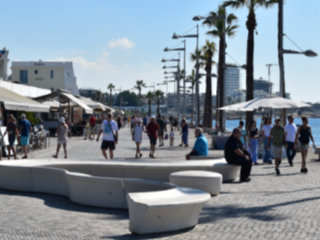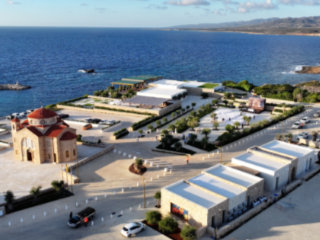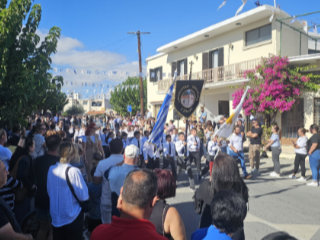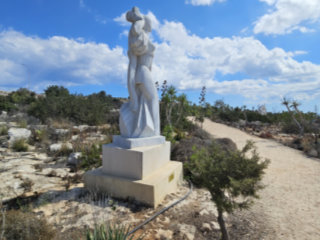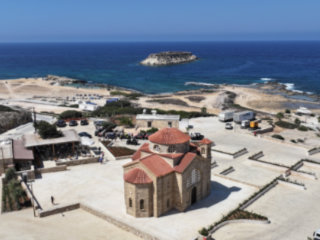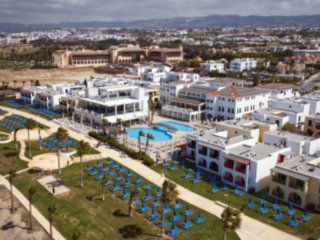From Toumpallos to Saranta Kolones
Ongoing Excavations
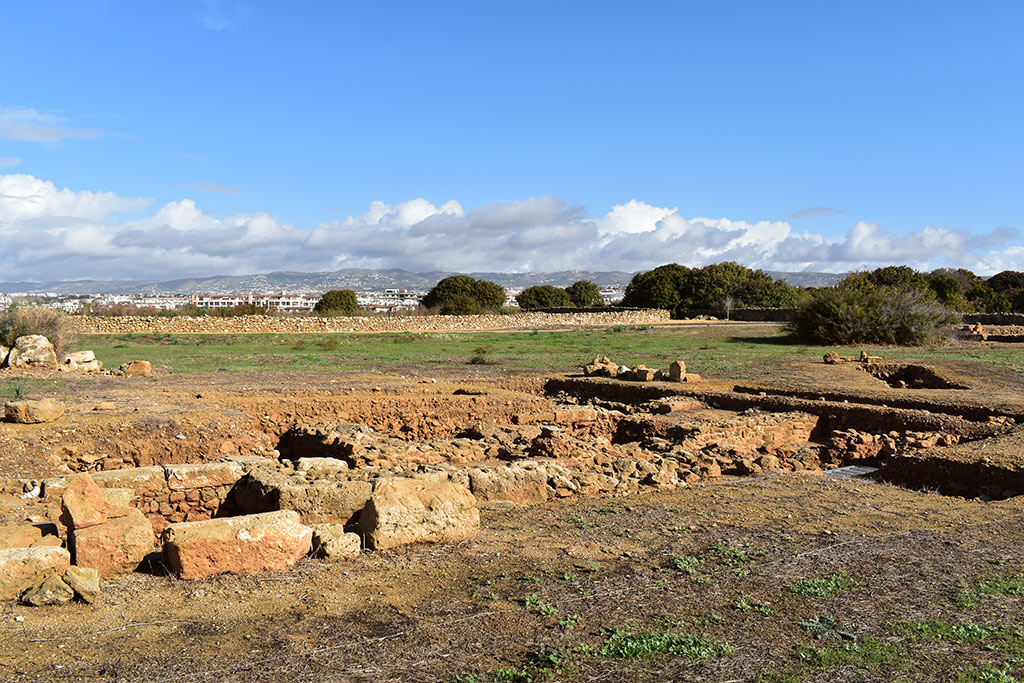
The excavations here recently made the press. Several skelatal remains were dug up, and thought to be near an ancient Basilica:
Archaeologists working on the Paphos Agora Project (PAP) have made an unexpected discovery of several skeletal burials dug into earlier structures, the Department of Antiquities said on Thursday.
At present, not much can be said about the nature of this small necropolis but it cannot be ruled out that it may be related to an unearthed basilica, which may have been located a little further to the north-west, it added.
The Department was reporting on the completion of the 2019 excavations of the Department of Classical Archaeology of the Institute of Archaeology, Jagiellonian University, Kraków, Poland.
Source: In Cyprus

final Leg
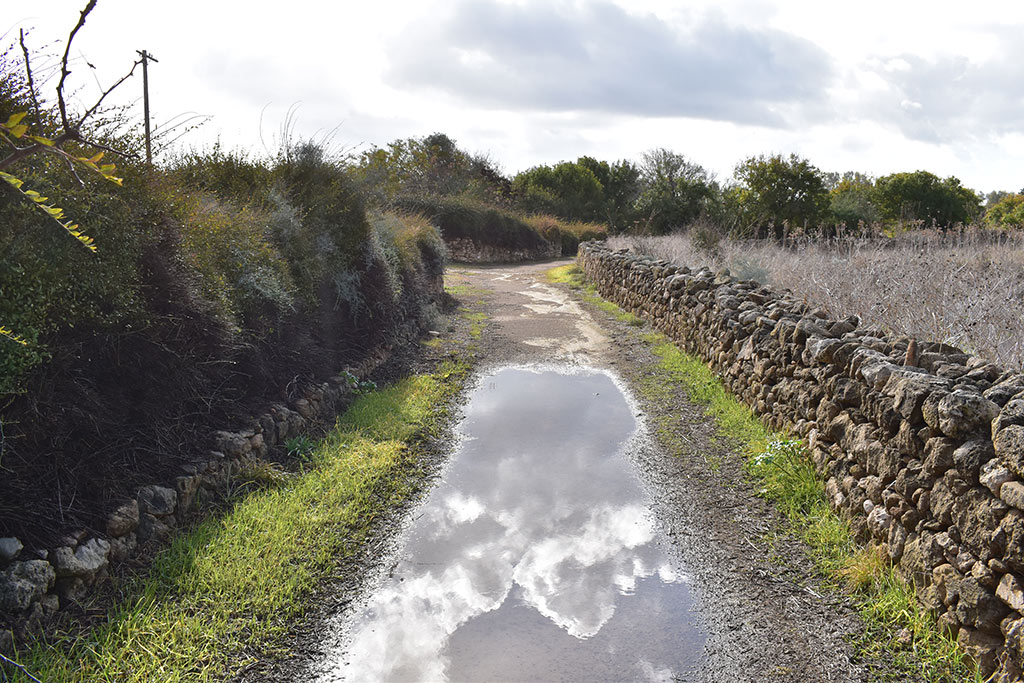
So now, we reach the final destination on our tour. We will soon be at Saranta Kolones, of the Forty Column Fortress. And don't worry, we are going out with a bang.
Byzantine Fortress
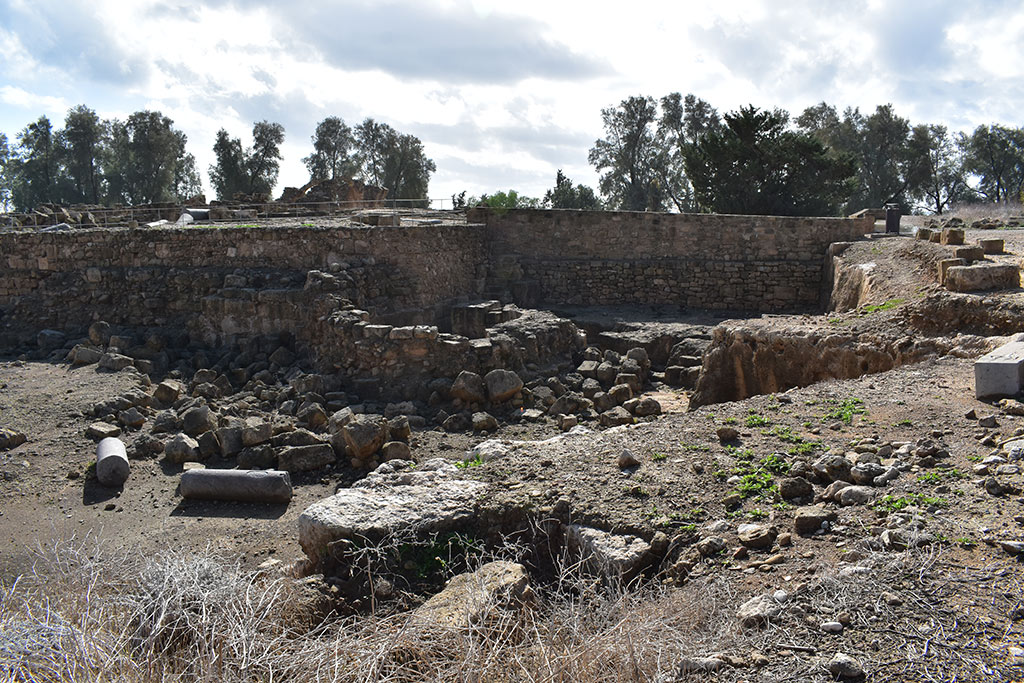
The first time I approached the fortress I was perplexed. I couldn't believe that such a big place had been under my nose all these years and I hadn't heard of it.
Information Sign
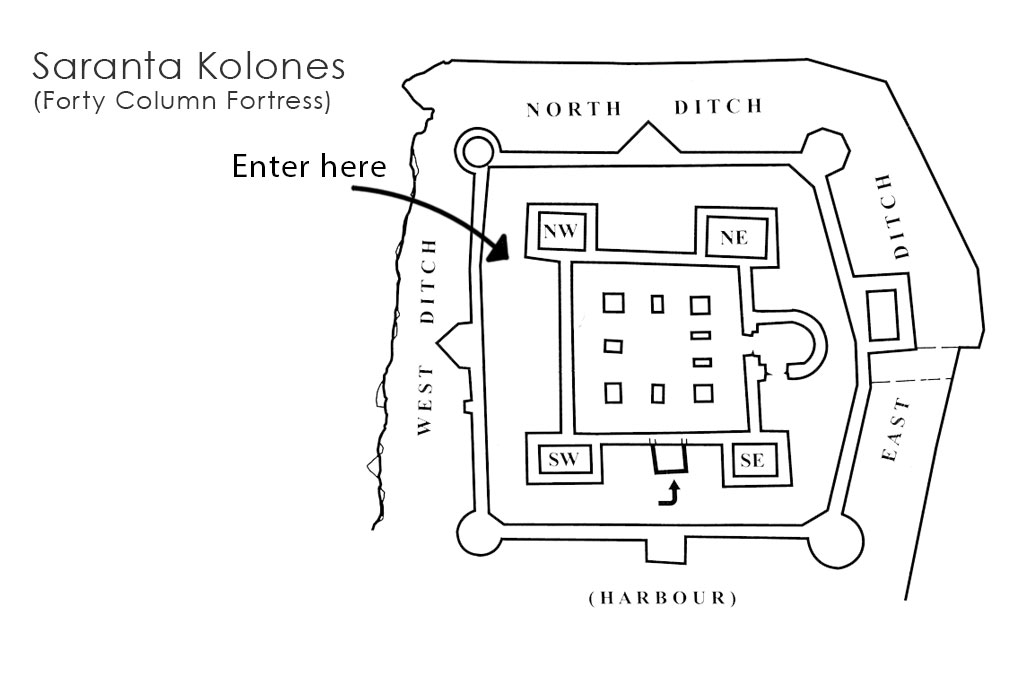
There is a sign at the fort, with a useful map.
"Saranda Kolones" Castle
The castle was erected around 1200 A.D, after the Frankish conquest of Cyprus, on the site of an earlier Byzantine fort. It was destroyed by the earthquake of 1223 and never rebuilt. The building was a compact fortress surrounded by a massive external continuous wall with eight towers and a moat. The outer entrance of the castle was situated in the east square tower and was approached by a wooden bridge over the ditch. The interior of the castle consisted of a square yard with four towers.
Count Those Columns
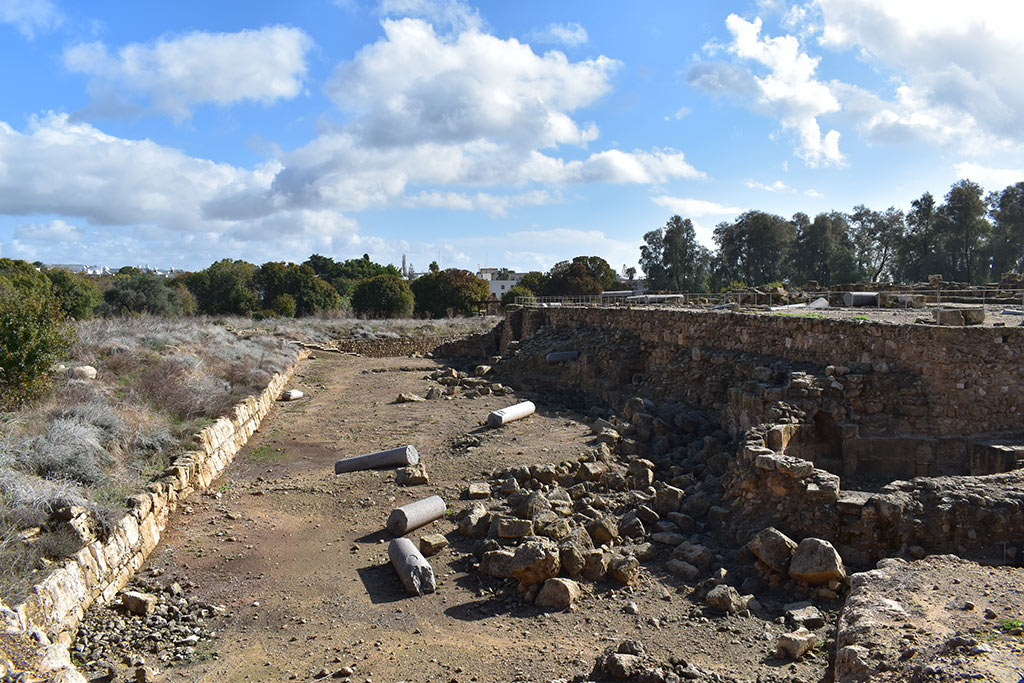
Fortunately there is a bit more information in the Paphos Archaeological Guide. This book is well worth buying, and has information covering the whole of the Paphos region, not just the Archaeological Park. The book was published in 2008, and contains more accurate information than the sign, I think.
The Byzantine Fortress is located on a small elevation a short distance from the city's harbour and very close to the Odeion and the "House of Dionysos" at the site "Saranta Colones2. The site's name is owed to the numerous fragments of granite columns, which covered the archaeological site before it began to be excavated and which were initilaly thought of as ruins from the Aphrodite's Sanctuary at Nea Paphos. The area has been partially researched between 1957 and 1959 by the then director of Antiquities A.H.S Megaw. Under the same direction the excavations have been gradually repeated from 1966 till 1970 and from 1980 till 1985 by the cooperative Expedition of the British School of Athens and the American Dumbarton Oaks Byzantine Studies Centre.
[127]
Page 7 of 10

Related Blogs:
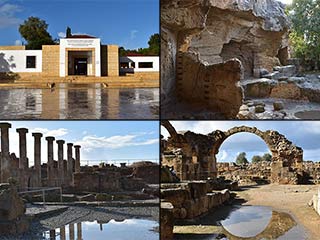
Paphos Archaeological Park - Summary
We first blogged about the Archaeological Park a couple of years ago. It was a short blog, and focused mainly on the pretty spring flowers. Now we are returning, to give the rest of the park the attention it so richly deserves.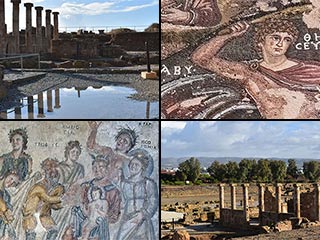
The Houses of Aion and Theseus
It's time now to start our detailled look at the Archaeological Park, so let's begin at the beginning. Once you enter the Archaeological Park, if you keep left, the first sites you will arrive at the The Houses of Theseus and Aion. Let's take a look at their mosaics and other attractions...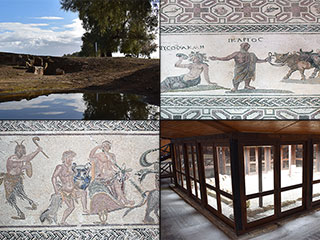
The House of Dionysos
The House of Dionysos is the jewel in the crown of Paphos Archaeological Park - a fine collection of well-preserved mosaics, conveniently located under one roof." When people refer to the mosaics in Paphos, they are usually talking about this place. So let's take a look.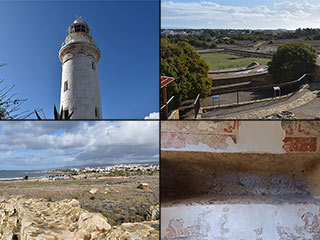
The Lighthouse and Beyond
The third blog on our Archaeological Park walkabout takes us from the Lighthouse, along the ancient city wall, to the far corners. The going is a bit trickier here, and not suitable for wheelchairs, but if you fancy a stroll it is well woth the walk...Good Pages To Visit
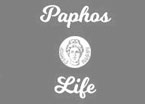
FB PagePaphos Life on Facebook
Like us on Facebook and stay notified of new blog posts.

FB PageOur Facebook Chat Group
Paphos Chat has been created for people who like our site and want to chat using Facebook. You can also easily upload photos of any size here. A lot of people are members of the Facebook chat group and the main forum. It's entirely up to you.
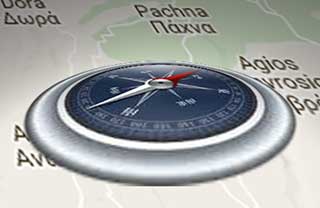
ListBlog Locations
Planning a day out? Then use our map of blog locations as a handy guide. Some of the places we visit our closer to each other than you might think, so take a look and start planning your next adventure...
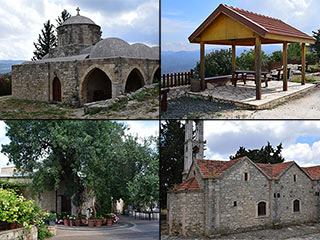
eBookCyprus Road Trip 01: the Kathikas - Panagia Loop
Let me take you on a journey around the region of Paphos, Cyprus. Starting at Paphos itself, we travel to Akoursos, then Kathikas, Kritou Terra and Simou. We continue past Lasa and Kannaviou, before taking in the delights of Panagia. Getting a bit more adventurous, we visit the abandoned villages of Statos and Agios Fotios, before passing through Choulou, Letymbou and Polemi, and rejoining the main Paphos - Polis road.
The route is suitable for all types of vehicle, and requires no off-roading. The guide contains about 130 photographs including shots of all the road signs you need to pay attention to, as well as some of the highlights you may experience along the way.
There are also several maps which will help you keep your bearings.
You can do this journey in a day, or you can break it up into chunks. You can also do it in reverse, to get some completely different views. It is entirely up to you.
